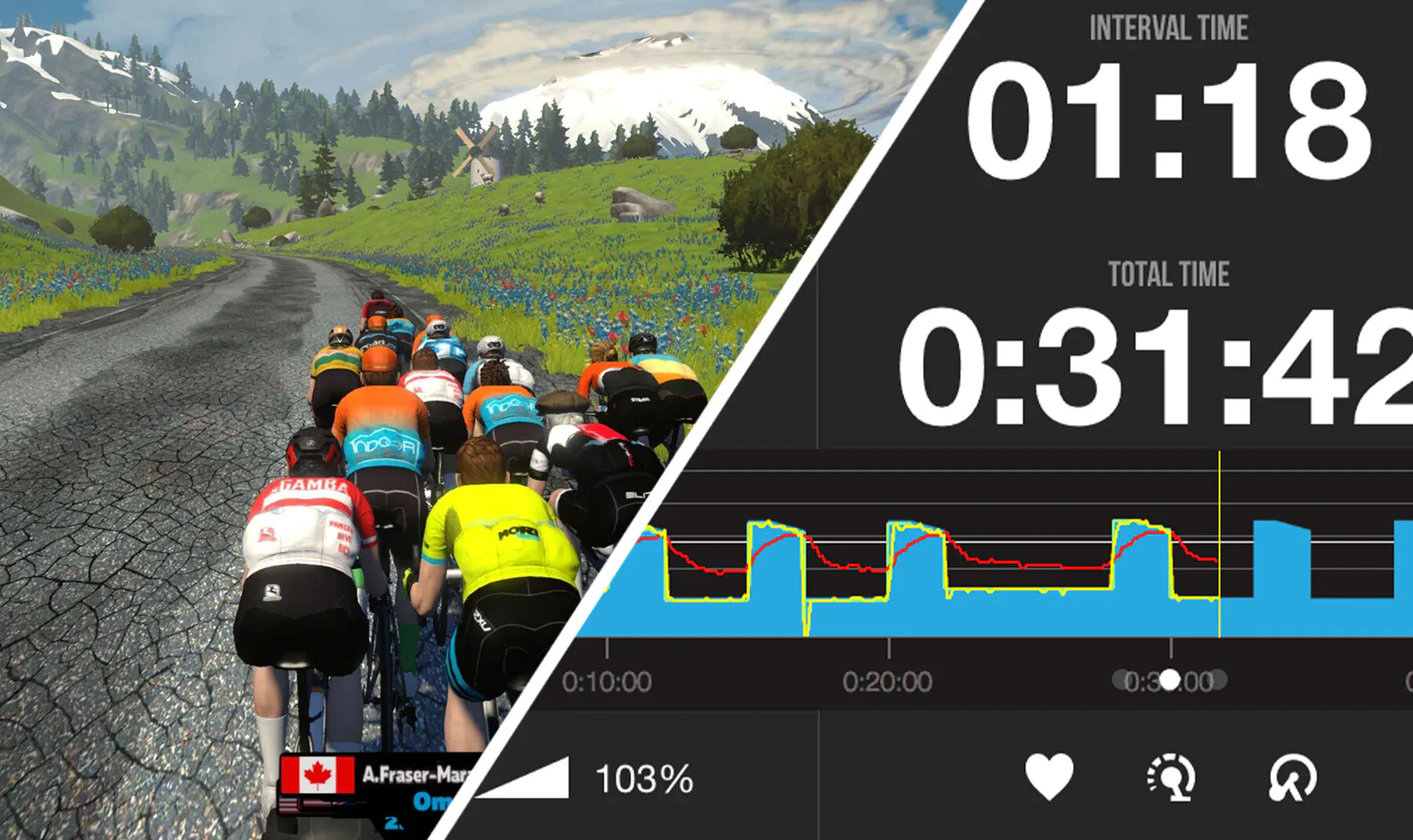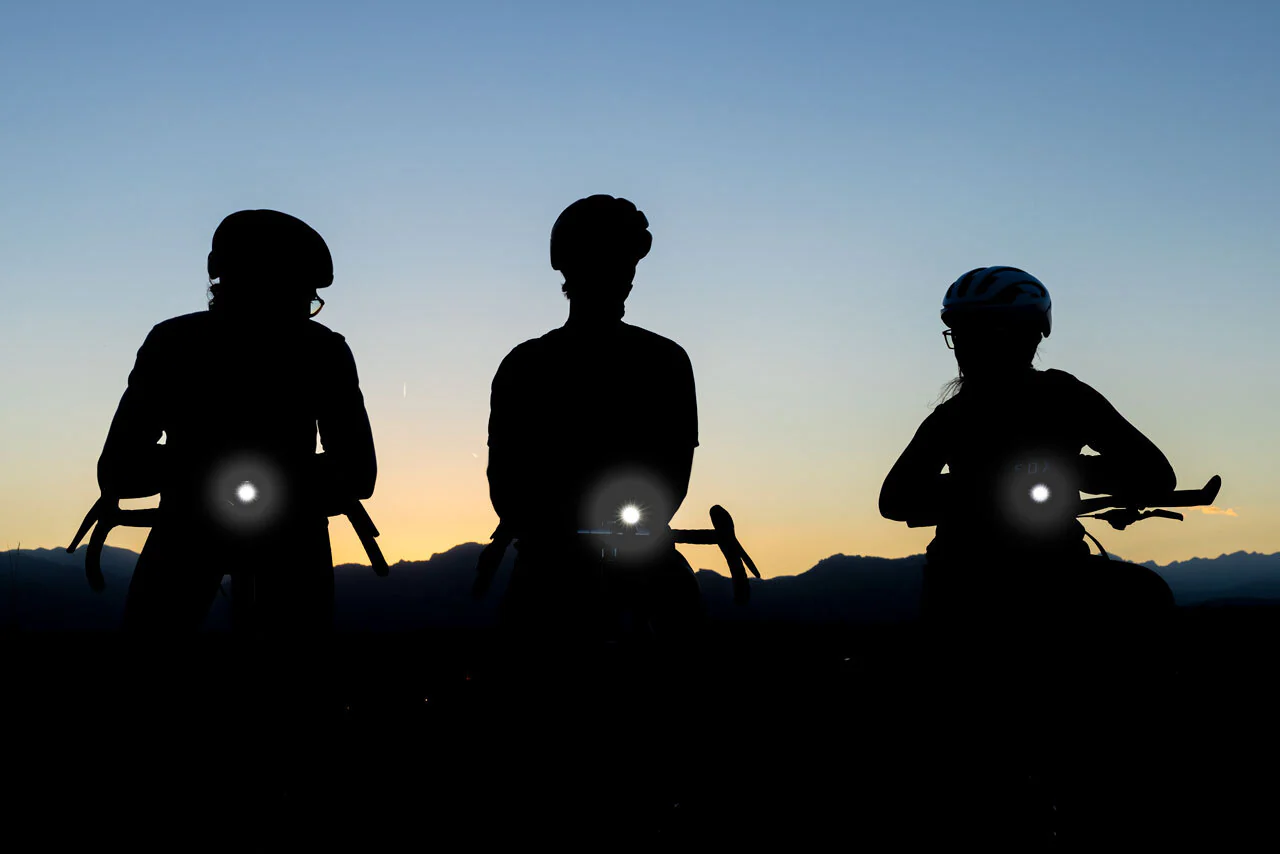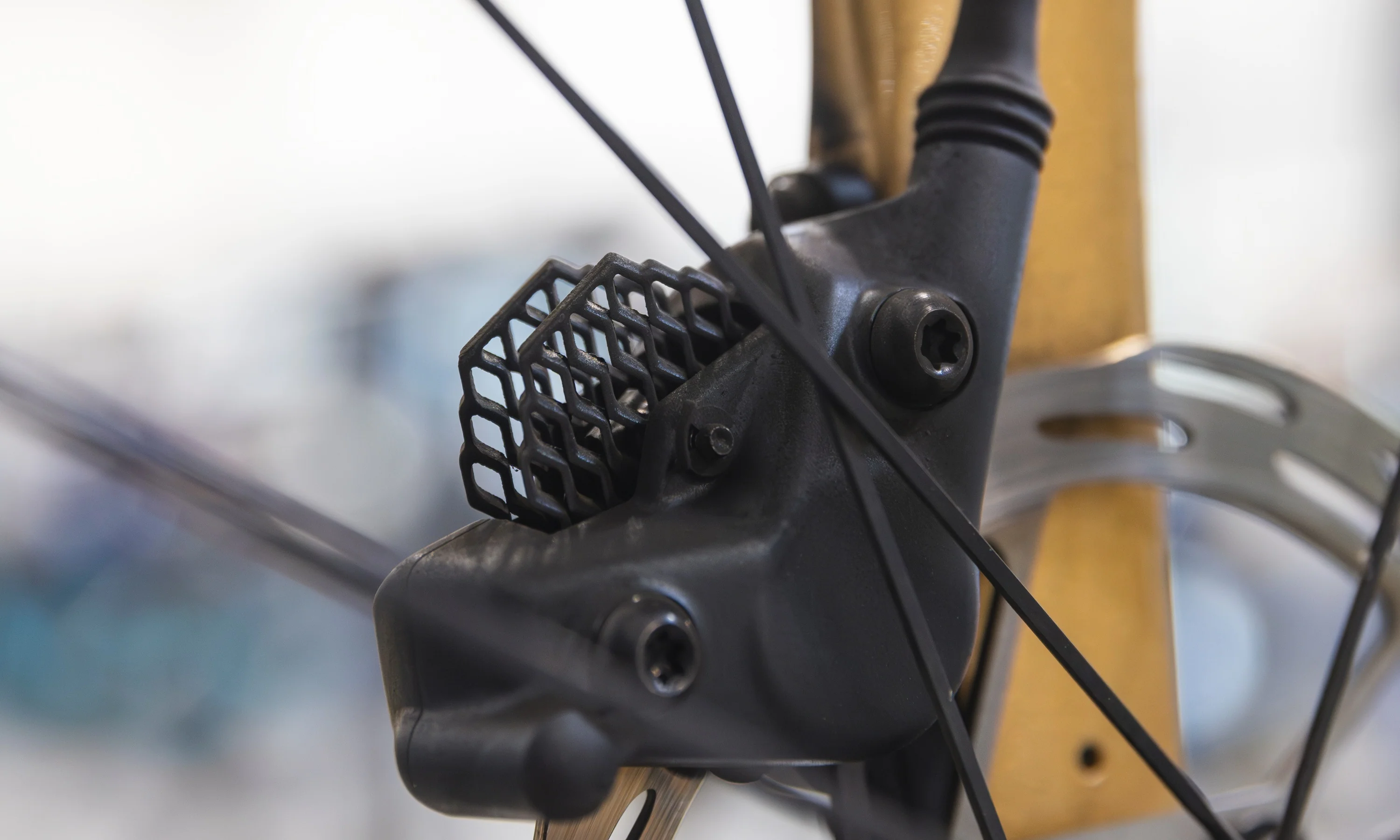The latest Cannondale Jekyll is one of a new breed of MTB using high-pivot suspension.
Mountain bike designers have rediscovered a 20-year-old secret to speed: High-pivot rear suspension. High-pivot bikes are the latest hot suspension trend, but they’re nothing new. In the late ‘90s and early ‘00s, pioneering brands like Balfa, Brooklyn Machine Works, Canfield Brothers, and many more already understood the benefits of high-pivot suspension systems and used them on their big-hitting downhill and freeride bikes.
Now, high-pivots are back and they’re big news. To learn whether a high-pivot mountain bike is right for you, let’s take a deeper look at why high-pivot mountain bikes have come back into fashion and as an actual suspension engineer about the pros and cons of the high-pivot suspension.
[button]SHOP MOUNTAIN BIKES[/button]
What is a high-pivot mountain bike?
 The 2022 Cannondale Jekyll is one of the latest high pivot enduro bikes.
The 2022 Cannondale Jekyll is one of the latest high pivot enduro bikes.
Most full-suspension bikes (e.g. four-bar or single-pivot) have the main pivot point located somewhere near the top of the chainring. This applies to multi-link bikes that have a virtual pivot point too, like VPP and DW-Link. The difference with a high pivot bike is that the main pivot is positioned much higher than normal.
The placement of the main pivot and other links within the suspension determines important suspension kinematics like axle path, leverage rate, pedal kickback, anti-squat, and anti-rise. Compared to a traditional suspension design, a high-pivot allows for a more rearward axle path and reduced pedal kickback.
Why did high-pivot suspension become popular (again)?
 Pierron with the number one plate and the leader's jersey aboard his high-pivot Supreme. Photo by: Bartek Wolinski / Red Bull Content Pool.
Pierron with the number one plate and the leader's jersey aboard his high-pivot Supreme. Photo by: Bartek Wolinski / Red Bull Content Pool.
For me, and many who follow downhill racing, the high-pivot tipping point came during the 2018 World Cup downhill season. That year, a then relatively unknown French rider, Amaury Pierron, surprised everyone by winning three World Cups in a row, as well as the overall title. The bike he rode was the new Commencal Supreme, a 29” DH bike which used high-pivot suspension.
In fact, the entire Commencal team did very well that season too. Soon, other teams were scrambling to develop their own high-pivot designs like the Norco Aurum HSP, GT Fury, and Trek Session. The Supreme has continued to win races, as has the latest high-pivot Session.
Whereas old high-pivot designs were really only used on downhill bikes, the rise of 1x drivetrains has given designers space to add high pivots to more consumer-oriented trail bikes. The Forbidden Druid (and later the Dreadnought) and the Deviate Highlander have been leading the charge, and now bikes like the Norco Shore, GT Force, and Cannondale Jekyll give riders more high pivot options from major manufacturers.
[product-block handle="forbidden-dreadnought-xt-2022-medium-5"/]
High-pivot suspension doesn’t work without an idler pulley
 The idler pulley is positioned on or close to the main pivot.
The idler pulley is positioned on or close to the main pivot.
The key feature that makes a high-pivot bike recognizable is the addition of an idler pulley at or near the main pivot. You can’t have a high pivot without an idler. The rearward axle path of a high pivot bike causes a large amount of “chain growth” as the axle moves away from the chainring. This causes pedal kickback, where the cranks are violently pulled back as the suspension compresses. Not only does this feel unpleasant, but it prevents the suspension from moving freely and doing its job. The solution is to route the chain over an idler pulley that’s close to the pivot. Placed properly, this idler will greatly reduce or even eliminate chain growth and pedal kickback.
What are the advantages of high-pivot suspension?
To better understand high pivot suspension, I got a lesson from Luis Arraiz, suspension guru and frame design engineer for Cannondale and GT. He’s the brains behind the new Cannondale Jekyll and GT Force enduro bikes, as well as the GT Fury downhill bike. In the mid-’00s he actually ran a company called K9 Industries that specialized in high-pivot downhill bikes.
Rearward axle path
 The rearward axle path of the high pivot Cannondale Jekyll. Note that the axle moves over 10mm toward the rear for the first 80-90mm of travel.
The rearward axle path of the high pivot Cannondale Jekyll. Note that the axle moves over 10mm toward the rear for the first 80-90mm of travel.
Because the main pivot is placed higher, the path the rear axle takes as the suspension compresses is more rearward than normal. It doesn’t move rearward through the whole travel, just where it matters through the beginning and middle of the stroke. This rearward axle path is often touted as the party piece of a high pivot design.
“Because the axle moves rearward as you ride forward, the wheel moves out of the way more easily and the suspension naturally absorbs impacts a lot better,” Arraiz explained. “It doesn't get hung up on stuff so you float over rough terrain and carry more speed and momentum. Bumps don’t slow you down as much. This is super beneficial in disciplines like downhill and enduro where the tracks are getting rougher and the speeds higher.”
Reduced pedal kickback
“The main purpose of a bike with a high pivot and an idler has always been decoupling the drivetrain from the suspension action,” Arraiz explained. “It makes a really big difference if you ride flat pedals. Pedal kickback is still a problem if you ride clipped in, but the high pivot will really benefit flat pedal riders because the design reduces so much of the pedal feedback.”
Pedal kickback occurs when chain growth causes the chain to pull on the cranks as the suspension compresses. Because the suspension is bound by your feet, it prevents it from moving freely. The rear end will feel harsher, and at its worst, it can bounce your feet off. But since a high pivot requires an idler pulley to control the excessive chain growth, it has the add-on benefit of eliminating kickback and making the suspension feel more supple.
Improved feel, predictability, and speed
 Mitch Ropelato definitely feels fast and confident on his high pivot Jekyll.
Mitch Ropelato definitely feels fast and confident on his high pivot Jekyll.
There’s another, more subjective benefit that Arraiz pointed out.
“The bike stays composed through impacts and keeps you feeling centered between both axles,” he explained. “Because both wheels move together toward the rear, the bike’s wheelbase doesn’t dramatically shorten. Combined with the bump absorption of the rearward axle path and reduced pedal feedback, it all adds up to improve the ride experience and the feel of the bike.
“If you have it set-up properly, the bike is doing all the work and you can just concentrate on riding. You don't have to man-handle the bike, and you don't have to second guess what it's gonna do. It becomes very predictable, very easy to ride, and once you really know how the bike is going to react and you can just trust it and go faster. A good high pivot suspension design makes going fast easier and more efficient.”
[newsletter]
Are there disadvantages of high-pivot suspension?
Weight and complexity
“The main disadvantage is extra weight and complexity. With a high pivot design you have extra bolts, bearings, the idler, and a longer chain with extra links,” explained Arraiz. “Also, there is about a 2% increase in drag. The idler also adds a little bit of noise too. I will say, sometimes the extra noise makes people think there’s more drag than there actually is.
High pivot designs also take some extra thought and tuning to perfect.
“In regards to designing bikes with rearward axle paths, let me say that you can have too much of a good thing,” Arraiz warned. “If you have a bike that has too high of a pivot, it’s going to have a very significant rearward axle path. That's great for a single bump. But when you're going through rock gardens you have repeated bumps. The force of the axle coming back forward into each repeated hit is significant and it won’t feel as smooth as it should.
“You need to design something that’s properly balanced. That’s why bikes like the Jekyll, the Force, and the Fury, are more of a ‘mid-high pivot’ bike, where you still get the rearward axle path, but enough that it feels smooth over repeated hits. You can’t just slap a high pivot and idler on any bike and have it work.”
Climbing performance
Of course, uphill manners matter to riders who tackle big climbs. Arraiz assured me that, other than the slight increase in weight and drag, properly designed high pivots can pedal as efficiently as traditional designs.
 Anti-squat values for the high-pivot Cannondale Jekyll.
Anti-squat values for the high-pivot Cannondale Jekyll.
“On the Jekyll and Force, we have about 90% anti-squat in the climbing gears,” he explained. “They actually have a bit higher pedaling efficiency than the bikes they replace. Because we use a four-bar suspension with an idler, it gives us a lot more freedom because we can tune the anti-squat and anti-rise any way we want to.”
It’s also worth noting that with a high pivot and an idler, changing your chainring size won’t change the anti-squat. With traditional suspension designs, going to a smaller chainring increases anti-squat while going bigger reduces it. High pivots actually give riders a bit more freedom to pick the optimal chainring size for their needs.
Idler pulley maintenance
Some high pivot early adopters have reported accelerated wear of the idler pulley, requiring frequent maintenance or even replacement. Because of its position on the drivetrain, a lot of pedaling force is transmitted into the single idler pulley.
“Well, those fast-wearing idlers were probably aluminum,” said Arraiz. “The main thing is all our idlers are made out of steel to prevent excessive wear.”
Most brands, like Forbidden, have switched to steel idler pulleys as well to reduce wear rates. Even made of steel though, an idler pulley won’t last forever and will need to be replaced with other drivetrain components.
“We expect idlers to be changed whenever you're changing a cassette,” said Arraiz. “I think that’s a fairly acceptable wear rate.”
Will we see high-pivot suspension on more bikes?
“On the enduro side of things, I think we’ll definitely see more brands release high pivot bikes,” said Arraiz. “We already have a bike from Norco, and I think we’ll see more bikes from Devinci and Trek soon too.”
 With 130mm of rear travel, this Forbidden Druid is one of a new breed of mid-travel high-pivot bikes.
With 130mm of rear travel, this Forbidden Druid is one of a new breed of mid-travel high-pivot bikes.
[product-block handle="forbidden-druid-slx-2022-medium-1"/]
The big question I had for Arraiz was whether high pivots would trickle down to more short-travel bikes.
“I want that to happen,” said Arraiz. “It’s on my to-do to put a high-pivot and idler on a 130mm bike too. If it’s meant to be a rowdy bike then I say it should have it. But ultimately that's a question for the product managers and marketing people. For shorter travel, we really only have the Forbidden Druid and the Deviate Highlander 140. I think the more we get used to seeing it on enduro bikes, the easier it will be to trickle down to more short-travel bikes. For the riders that want a 130-140mm bike to be like a mini enduro bike, it’s exactly what they need.”
But there is a limit to what bikes will benefit from a high pivot. Due to the added weight and drag, it seems unlikely that we’ll ever see them on XC bikes.
“Let's say you have a standard, single pivot, 29”, 100mm bike with a 32t chainring and moderate anti-squat,” Arraiz explained. “You can move the pivot higher but that axle is still going to start to move vertically and forward early, probably around 30-40mm of travel. So on a bike with only 100mm of travel, it doesn't make that much sense. I think it only makes sense on bikes with at least 130-140mm of travel.”
Final thoughts
We’ve already seen tech like tire inserts and mullets succeed, so it seems they'll stick around. With the top-level success high-pivot bikes have had in World Cup downhill, they don’t seem like a passing fad, at least for downhill bikes. We’ll have to wait and see if they take over enduro as well. If high pivot bikes can regularly take the top step in the EWS and other high-level enduro events, we may see a high-pivot arms race among enduro bike manufacturers.
 The Cannondale Jekyll, Forbidden Dreadnought, and this Deviate Highlander 150 are some high-pivot options on my wish list.
The Cannondale Jekyll, Forbidden Dreadnought, and this Deviate Highlander 150 are some high-pivot options on my wish list.
I have yet to ride a high-pivot mountain bike, but now that they’ve been around for a few years, we’re starting to see examples appear at The Pro’s Closet. After speaking with Arraiz, the downsides all seem very minor compared to the upsides. As a gear geek always ready to adopt new tech, expect to see a high pivot bike in my quiver very soon.
[button]SHOP MOUNTAIN BIKES[/button]
Cannondale Jekyll photos courtesy of Cannondale.

























